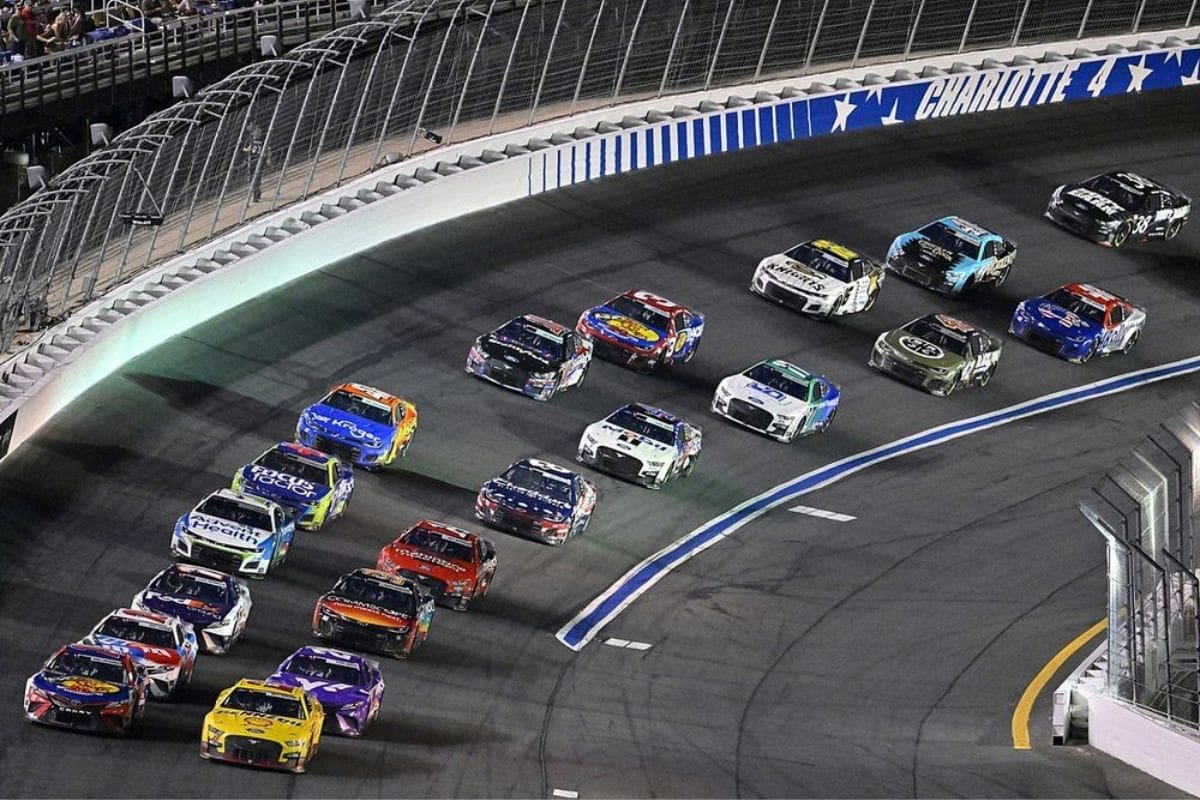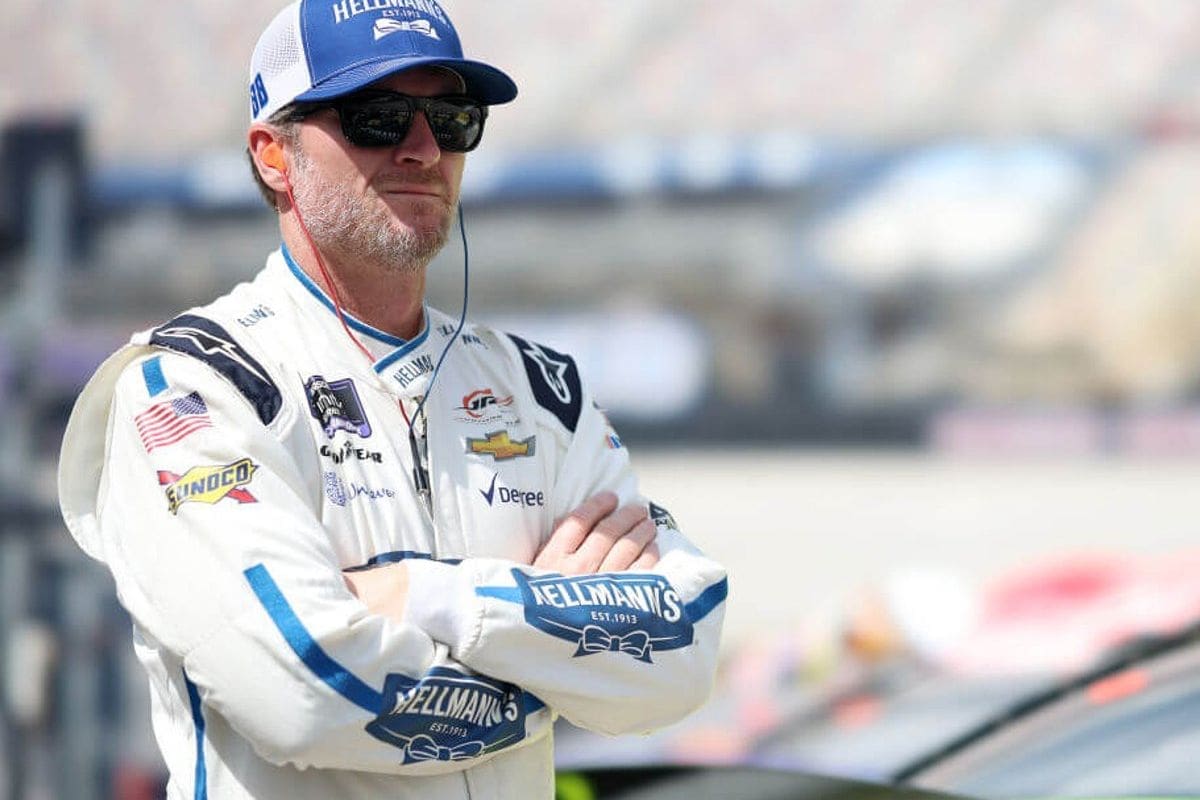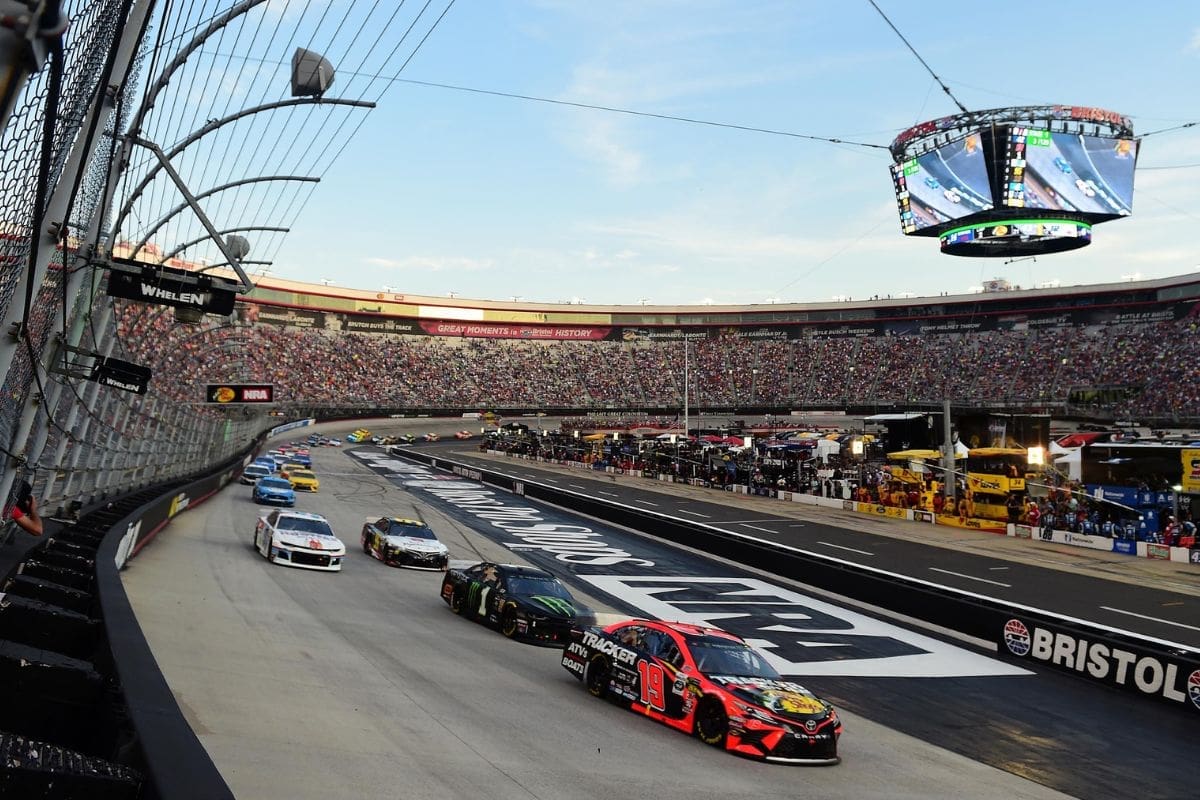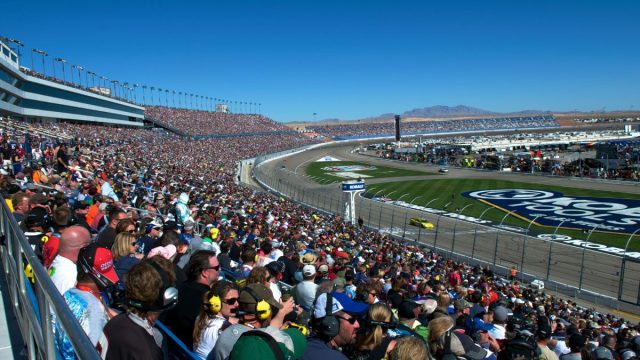Is NASCAR Going Mainstream: As NASCAR navigates the twists and turns of the racing world, a question looms large: is the sport inching towards mainstream status?
The recent shifts within the NASCAR landscape, from Dale Earnhardt Jr.’s surprising departure to the dwindling truck turnout in Las Vegas, have sparked intriguing conversations about the future of this beloved sport.
Are these developments mere blips on the radar, or do they signify a more profound transformation underway?
Join us as we dissect NASCAR’s unexpected rise and unravel the complexities of its journey towards potentially newfound prominence.
Key Takeaways
- NASCAR’s recent strategic initiatives and on-track moments have led to increased viewership and social media engagement.
- The sport is rebounding after a decade of decline, embracing innovation and adaptation for growth.
- Challenges like balancing safety and competition show NASCAR’s commitment to finding the right balance.
- Despite challenges, NASCAR’s trajectory suggests a promising rise towards mainstream success.
The Yellow Flag Dilemma in NASCAR: How Long is Too Long?
In the high-octane world of NASCAR, the Yellow Flag Dilemma raises critical questions about the delicate balance between allowing drivers the needed time and ensuring the utmost safety on the track. The recent incident at the Cup race in Atlanta, where Michael McDowell and William Byron collided during a green-flag pit stop, brought this issue to the forefront. The decision to hold off on throwing the caution by NASCAR official Elton Sawyer sparked a heated debate within the racing community.
The central question that arises from this dilemma is: how long is too long to wait before initiating a yellow flag situation? On one hand, providing drivers with the opportunity to navigate potential hazards during a race is essential for fair competition. However, delaying the caution flag could jeopardize the safety of drivers and track personnel. Finding the right balance between these two crucial aspects is a challenge that NASCAR continually faces as it seeks to uphold the integrity of the sport while prioritizing the well-being of all involved.

NASCAR’s Quest for Mainstream Status: A Progress Report
With NASCAR’s recent strategic initiatives and captivating on-track moments capturing broader audience appeal, the sport’s journey towards mainstream recognition is showing promising signs of progress.
Moments like Ross Chastain’s Hail Melon and the thrilling three-wide finish at Atlanta have drawn attention beyond traditional racing fans.
The series’ willingness to embrace change, such as producing a Netflix documentary, has led to increased viewership and social media engagement.
While NASCAR is not yet fully mainstream, it is rebounding after a decade of decline, indicating a positive trajectory.
The sport’s openness to innovation and adaptation is resonating with a wider audience, positioning NASCAR for potential mainstream success shortly.
These developments suggest that NASCAR’s efforts to broaden its appeal and engage with fans in new ways are paying off, laying a strong foundation for continued growth and recognition in the mainstream sports landscape.
Dale Earnhardt Jr.’s Departure from NBC and the Impact on 2025
Amidst NASCAR’s journey towards mainstream recognition, Dale Earnhardt Jr.’s departure from NBC after six seasons has sparked significant speculation regarding the impact it will have on the 2025 NASCAR broadcasting landscape.
Earnhardt’s decision to take a sabbatical in 2024 left NBC adjusting to a new three-man booth setup without his presence. However, the plot thickened as Amazon and TNT made a bold move by acquiring Earnhardt for their NASCAR broadcasts.
This departure has not only raised questions about NBC’s replacement plans but has also stirred curiosity about the new hires expected by Amazon and TNT as they position themselves to make a mark in the NASCAR broadcasting arena.
Earnhardt’s popularity and insights have been pivotal in shaping NASCAR broadcasts, making his absence from NBC a notable loss.
As the 2025 NASCAR season approaches, all eyes are on how these changes will unfold and the implications they will have on the overall viewing experience for NASCAR fans.

Low Truck Turnout: Only 32 Trucks in Las Vegas
The NASCAR Craftsman Truck Series is experiencing a decline in entries, evident by the reduced turnout of only 32 trucks set to race at Las Vegas, falling below the full field capacity of 36. This drop follows a pattern seen with 33 trucks at Atlanta and 36 at Daytona. Financial disparities in payouts between the Truck, Xfinity, and Cup series are contributing to the challenge of maintaining a full truck field. The article explores the potential need for adjusting the purse structure to address the downturn in truck entries.
- Only 32 trucks are set to race in Las Vegas.
- The pattern of declining entries: 33 trucks at Atlanta, 36 at Daytona
- Financial disparities in payouts affecting Truck Series
- Need for adjusting purse structure to boost truck entries
The decreasing truck turnout raises concerns about the overall health and competitiveness of the NASCAR Craftsman Truck Series. Adjustments in financial incentives may be necessary to attract and retain teams, ensuring a robust and thriving field for future races.
Contemplating NASCAR’s Mainstream Trajectory: A Critical Analysis
Contemplating NASCAR’s potential evolution into a mainstream phenomenon involves a thorough examination of its recent advancements and growing viewership, signalling a pivotal juncture in the sport’s trajectory.
While NASCAR has made significant strides in recent years, with innovative approaches and increased viewership, it still faces challenges in fully cementing itself as a mainstream sport. The analysis indicates despite positive indicators, NASCAR has yet to reach the commercial peak it experienced in the late 1990s and early 2000s.
Key moments, partnerships, and international expansion plans play crucial roles in shaping NASCAR’s current trajectory, offering a nuanced view of its standing in the sports landscape. As NASCAR continues to adapt to changing consumer preferences and market dynamics, the path to mainstream success may require further strategic adjustments and targeted initiatives.

Conclusion of Is NASCAR Going Mainstream?
NASCAR’s journey towards mainstream status is a topic of ongoing interest and analysis.
The challenges faced, such as the Yellow Flag Dilemma and low truck turnout, highlight the complexities of this transformation.
As the sport continues to evolve, it will be important to closely monitor its progress and adaptability to changing trends to secure its place in the mainstream sports landscape.
Our Reader’s Queries
Q. When did NASCAR become mainstream?
A. NASCAR witnessed a significant surge in popularity, reaching mainstream status after the iconic 1979 Daytona 500. The turning point in this growth was marked by a dramatic crash involving Cale Yarborough, Donnie Allison, and Bobby Allison. This unforgettable event not only captured the attention of existing fans but also drew in a broader audience, propelling NASCAR into the cultural spotlight and solidifying its place as a mainstream sporting phenomenon.
Q. Why did NASCAR become popular?
A. The enduring popularity of NASCAR can be attributed, in large part, to its inherently family-friendly nature. This motorsport has a universal appeal, captivating people of all ages who enjoy watching the races as a family activity. The strategic scheduling of Cup Series races on Sundays further contributes to its widespread appeal, aligning with the time when most families have the leisure to come together and enjoy the thrilling and competitive races that NASCAR has to offer.
Q. Is NASCAR a growing sport?
A. In the 2022 season, NASCAR experienced a notable resurgence in popularity, averaging over three million viewers per race, marking the highest viewership in four years. In contrast, the 2021 Formula 1 season boasted an impressive average of 70 million viewers per race. While there is a considerable gap in their current popularity, it’s intriguing to note that these two sports share similar beginnings. Despite the contrast in their current viewership, both NASCAR and Formula 1 had humble origins that have evolved into global motorsport phenomena.
Q. What’s so special about NASCAR?
A. NASCAR stands out as a unique sport, and its esports component adds a distinctive dimension. What makes NASCAR’s esports special is the close emulation of the at-track experience. In iRacing, drivers continue to utilize a steering wheel and pedals, mirroring the physical setup of their on-track counterparts. This commitment to replicating the authentic racing experience, both in equipment and competition dynamics, sets NASCAR’s esports apart, providing fans with a virtual counterpart that closely mirrors the excitement and skill of the real-world races.
ALSO READ: NASCAR Media Rights Deal: Teams’ Revenue Share and New Broadcasting Landscape
